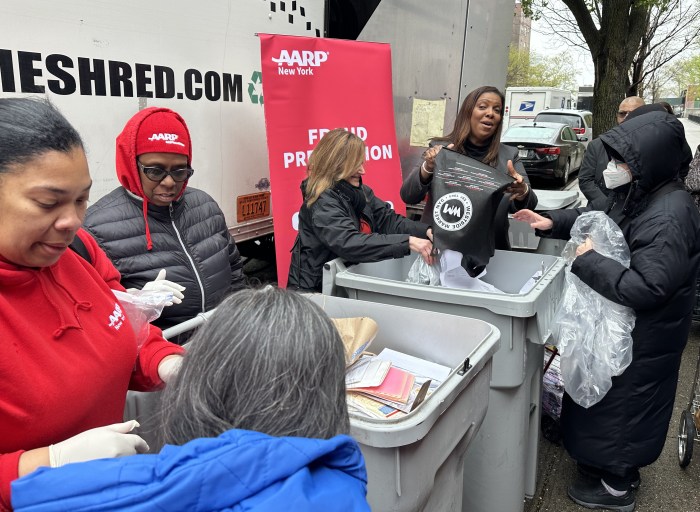The vast majority of people — as many as 90 percent — infected with leptospirosis have no symptoms, according to the CDC, and most shake off an infection never knowing that they contracted the bacterium.
From 2006 to 2016, only 26 cases of leptospirosis — which is carried in animal urine — have been reported in NYC and all but one of the sickened people was male, according to the NYC Department of Health.
An array of mammals — not just rats — are carriers of the nasty Leptospira spirochete, which is also found in soil, and in fresh and salt water where animals have urinated.
Various studies have shown that 9.6% of all horses, and 4% to 10.2% of dogs in the country — as well as 46% of feral hogs in Florida — have been infected with leptosporisis, though only a small percentage of those animals are likely dangerous to humans as a result of a recent infection, noted Dr. Warren Dinges, founder and owner of The Seattle Infectious Disease Clinic.
The first stage of leptospirosis can seem like the flu, with a patient suffering chills, muscle aches, diarrhea and vomiting and even heart inflammation. “Then the body develops an immune response,” to the intruding bacteria, which results in a far more serious second phase of the infection for some people: kidney and liver failure, meningitis, encephalitis and possibly death, Dinges explained.
The bacteria is highly contagious and can enter the body through the nose, mouth, eyes or through “a break in the skin,” according to the NYC Health Department, though Dinges said “you don’t need to have a cut,” to contract it cutaneously.
But most human cases of leptospirosis can be easily treated with antibiotics if caught early enough — sometimes even on an outpatient basis, Dinges said.
Dogs — notorious for nosing around in urine — are also treated with antibiotics, they often don’t make it to treatment early enough to be saved. Gotham Veterinary Center veterinarian Vanessa Hammer has treated three cases of leptospirosis in NYC dogs — all fatal — within the last four years.
“Owners are really upset, because the dog needs to be hospitalized for a week,” in isolation, and hospitalization costs can run as high as $6,000 with no guarantee of survival, said Hammer, who works on the Upper West Side.
While the disease is uncommon, Hammer urges dog owners to spring for leptospirosis vaccines (boosters and annual updates are required), even though they are not among the “core” group of required vaccines for dogs (rabies, distemper and Bordetella) and the vaccine is not 100% effective, as a dog could contract a strain different from that for which it is vaccinated.
While a human vaccine for leptospirosis exists, it is not available in the United States, Dinges said.
Humans also need to take care when swimming or playing in places and in bodies of water that may be contaminated with animal urine. The Centers for Disease Control and Prevention’s “Adventure Racing and Leptospirosis,” page details cautions and guidelines that should be taken by white water river rafters, swimmers, kayakers and tri-atheletes.
Dinges advocates wearing impermeable rubber or neoprene gloves, eye protection, a face mask, protective footwear and other protective gear whenever one is cleaning a place where animals may have urinated.
But can we catch lepto from the urine of another seropositive person? “It’s not clear if there are long term human carriers, but we don’t think that there are. . . . But there can be long-term animal carriers” said Dinges.

















